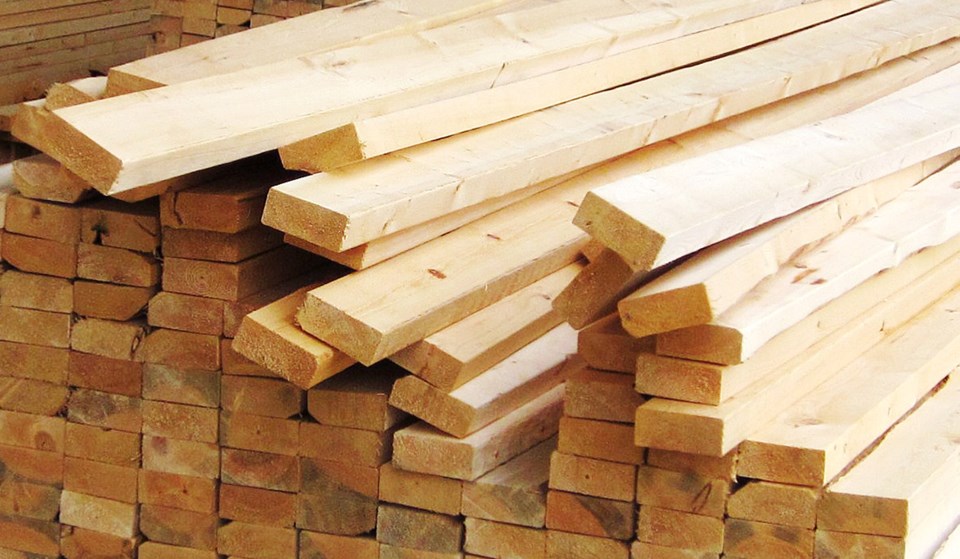Saskatchewan’s commercial real estate sector is performing better than most provinces during the pandemic, but the soaring cost of building materials – especially lumber – threatens to skew development.
One of the biggest current challenges for the entire commercial real estate market is the cost of construction, with material prices escalating quickly during the past year. That makes it difficult to estimate project costs and set lease rates, speakers at the May 6 Saskatchewan Real Estate Forum warned.
“If you have a pressure-treated 2×4 delivered, you’re putting it in your vault because you can’t afford it next week,” said Geoff Nagle, director of development for Morguard Investments. “We’ve had a 300 per cent [price] increase at a retail level on a 2×4 during COVID.”
On May 11, Home Depot was charging from $13.69 to $19.99 for a pressure-treated 2x4, double the price from three months earlier.
Compared to the price one-year-ago, when it was US$336 per thousand board feet, for the week ending April 23, 2021, the price of a standard Western 2x4 was up 296 per cent, or $994 per thousand board feet, according to Canadian Forest Industries.
Bell said his firm has had interest in its industrial land from companies looking for build-to-suit, but input costs are a concern since it’s difficult to set a lease rate to get a decent return.
Saskatchewan developers are seeing steady demand but may not be able to meet it without an increase in costs related to building materials, the Forum was told.
Commercial developers may follow the lead of Canada’s home builders, some of whom are scaling back projects and limiting pre-sales due to surging input costs.
A Canadian Home Builders Association member survey this year found the average delay time in new home construction is, on average, six weeks. In addition to lumber and oriented strand board (OSB), prices are also on the rise for steel, appliances, plumbing fixtures, windows, doors and electrical materials, making them more challenging to get.
Some homebuilders are also limiting the pre-sales of homes, said CHBA CEO Kevin Lee.
“They build a few less houses at a time so they can be sure they get the prices on those materials and then release another block later,” Lee explained. “It’s very difficult to price your projects if the price of your input costs keeps going up during that period.
Aaron McDougall, vice-president of leasing for Harvard Developments, which has about 1.3 million square feet of commercial space in the province, said that while the rest of Canada has seen vacancy rates rise due to COVID-19, Saskatchewan has not seen the same impact.
Vacancy rates on industrial in both Saskatoon and Regina are below 5 per cent for the first time in 10 years, the Forum was told, and office vacancies have increased only slightly since the pandemic began.



